Lukas Novotny
Encoding information in the mutual coherence of spatially separated light beams
Aug 02, 2022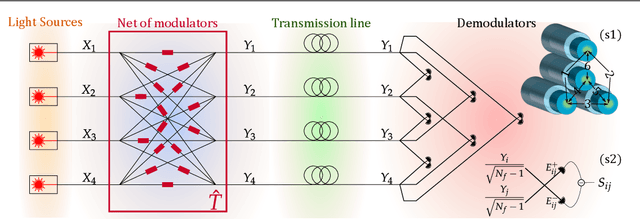
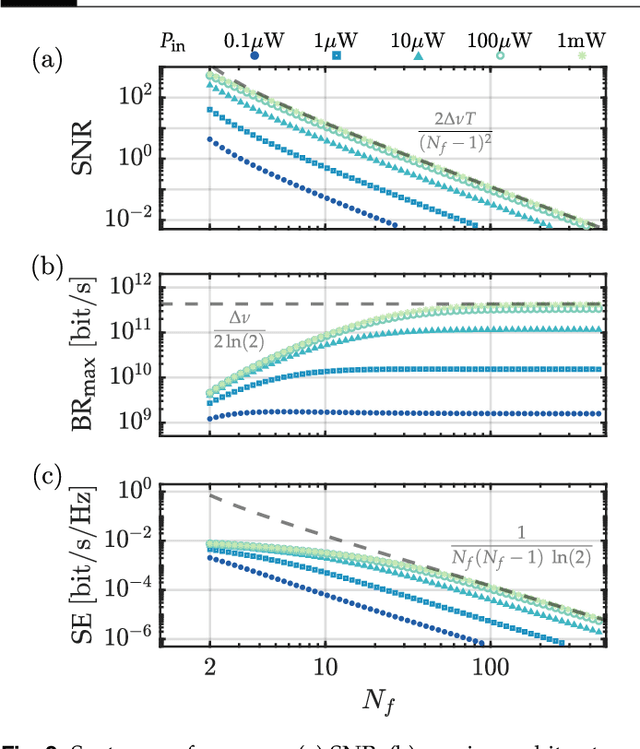
Abstract:Coherence has been used as a resource for optical communications since its earliest days. It is widely used for multiplexing of data, but not for encoding of data. Here we introduce a coding scheme, which we call \textit{mutual coherence coding}, to encode information in the mutual coherence of spatially separated light beams. We describe its implementation and analyze its performance by deriving the relevant figures of merit (signal-to-noise ratio, maximum bit-rate, and spectral efficiency) with respect to the number of transmitted beams. Mutual coherence coding yields a quadratic scaling of the number of transmitted signals with the number of employed light beams, which might have benefits for cryptography and data security.
The World of Fast Moving Objects
Nov 23, 2016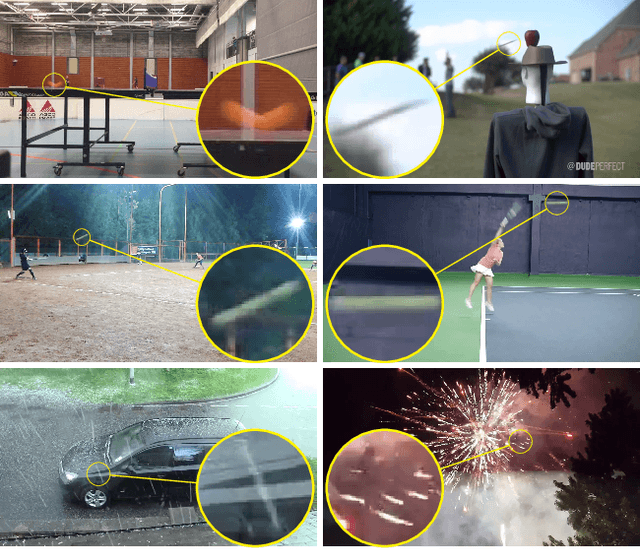
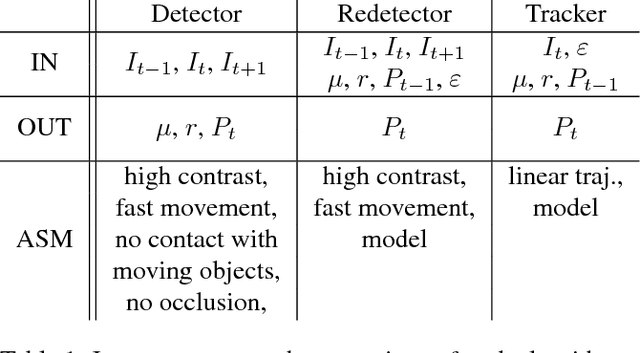
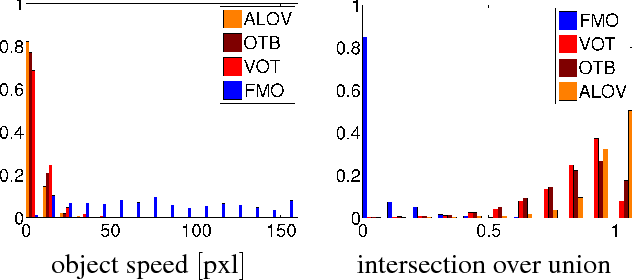
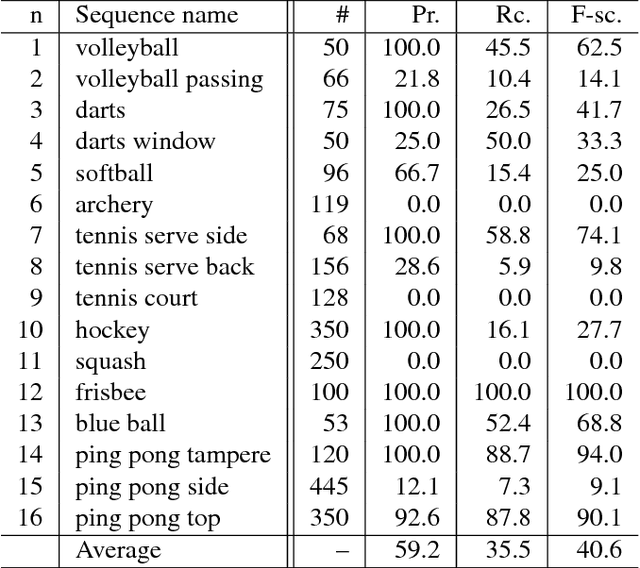
Abstract:The notion of a Fast Moving Object (FMO), i.e. an object that moves over a distance exceeding its size within the exposure time, is introduced. FMOs may, and typically do, rotate with high angular speed. FMOs are very common in sports videos, but are not rare elsewhere. In a single frame, such objects are often barely visible and appear as semi-transparent streaks. A method for the detection and tracking of FMOs is proposed. The method consists of three distinct algorithms, which form an efficient localization pipeline that operates successfully in a broad range of conditions. We show that it is possible to recover the appearance of the object and its axis of rotation, despite its blurred appearance. The proposed method is evaluated on a new annotated dataset. The results show that existing trackers are inadequate for the problem of FMO localization and a new approach is required. Two applications of localization, temporal super-resolution and highlighting, are presented.
 Add to Chrome
Add to Chrome Add to Firefox
Add to Firefox Add to Edge
Add to Edge